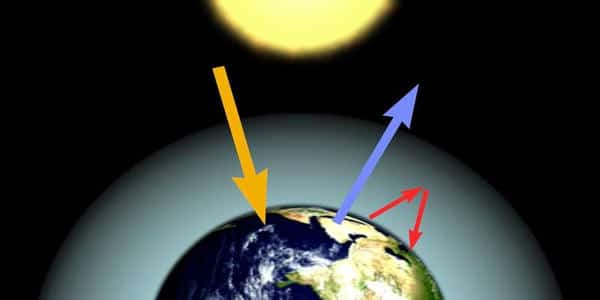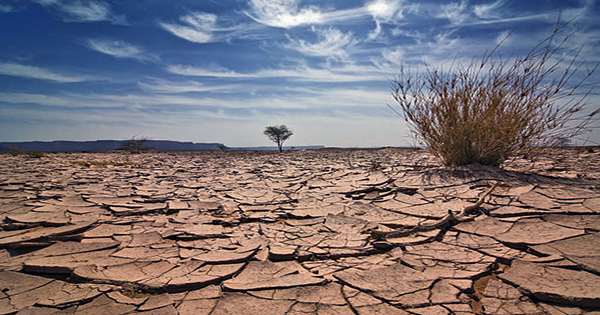A new study has found that man-made climate change has already made our planet rainier, snowier and more potentially dangerous. In recent decades, both rain and snow have used machine-learning methods to show human-driven climate change in extreme rainfall events, as published in the journal Nature Communications, University of California, and Los Angeles.
Leaving it unverified, it is also likely that human activity will contribute to extreme wet weather events in the future. Scientists have long expressed concern about how rising temperatures could intensify heavy rainfall around the world. As the world warms, more water evaporates from oceans, lakes, and soils and ends up in the Earth’s atmosphere. As a warmer atmosphere can retain more moisture, water vapor increases by about 7 percent for every 1 degree centigrade of global warming.

Thus, when weather patterns call for rain or snow, there is more moisture available for heavy rainfall. This does not mean that climate change causes more gray skies and rainy days, although it can be one of the causes of the problem. As other studies have indicated, the intensity of rainfall also has a very real potential to increase the intensity of landslides and the frequency or intensity of floods, which can lead to loss of life.
Just this week, heavy rains caused a landslide in the Japanese coastal city of Atami, killing two people and leaving 20 missing. It is too early to say how strongly this catastrophe was linked to climate change, but it is clear that this type of phenomenon is made even more likely by global warming and increased rainfall. Researchers have previously tried to understand how much climate change has affected rainfall, but the use of observational data is challenging due to natural variability and limited observation.
To overcome this problem, the new study employs the aid of machine learning that can account for these problems. With this assistance they found that the obvious effects of human-driven climate change were identifiable in all world observational datasets. “Machine learning skills generate multiple pieces of evidence to support the identification of an ethnographic signal in extreme rainfall worldwide,” the study says.















